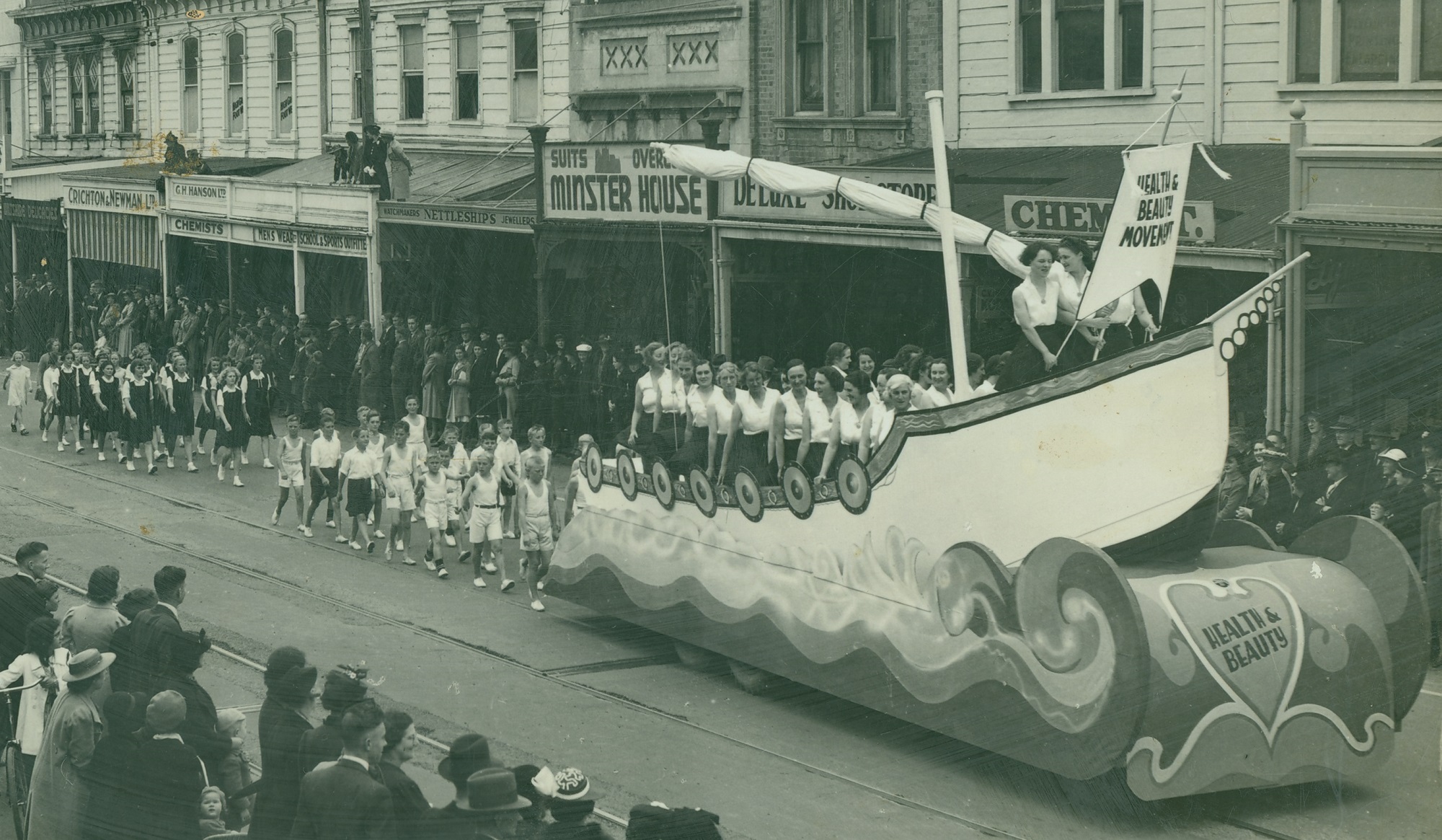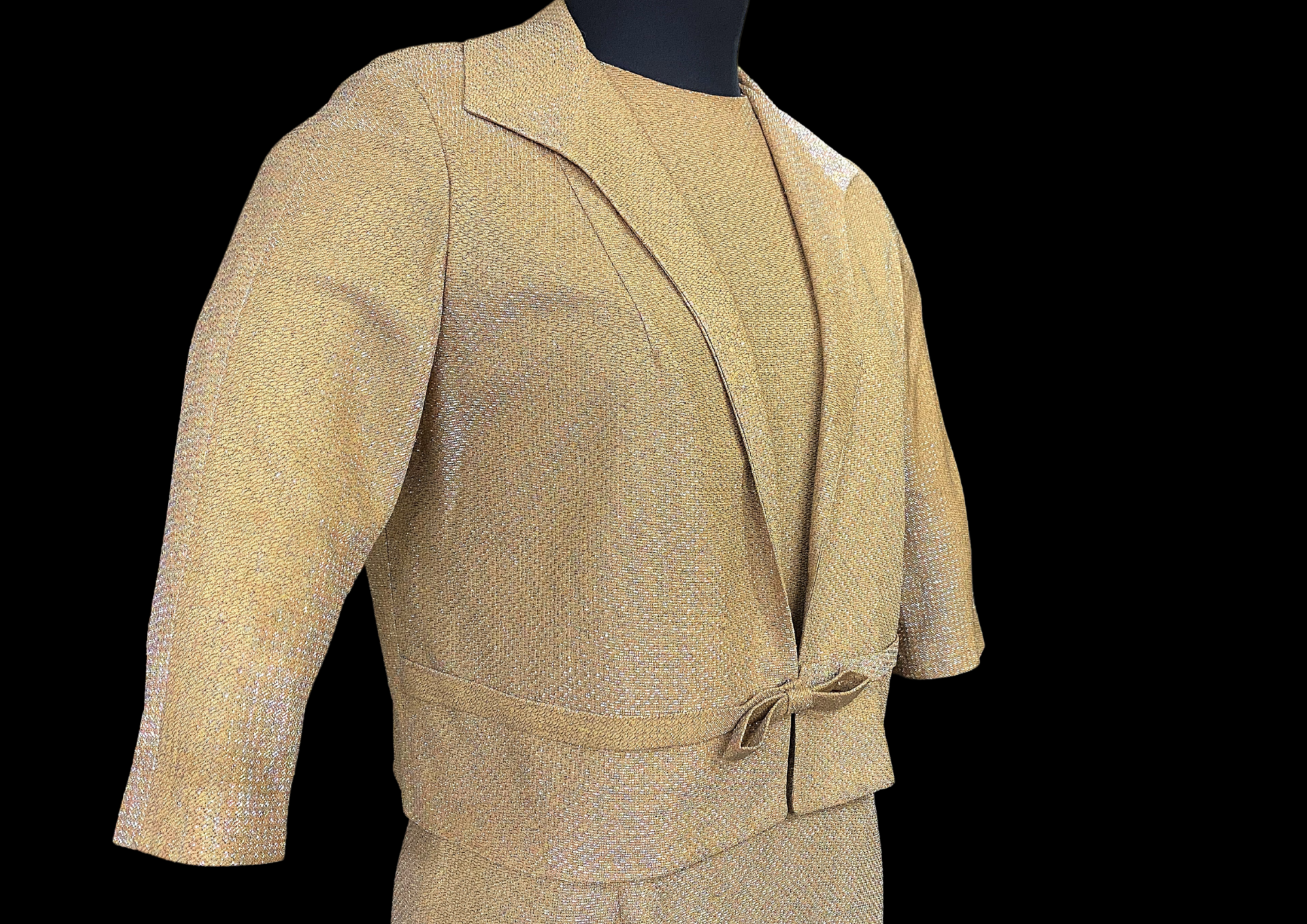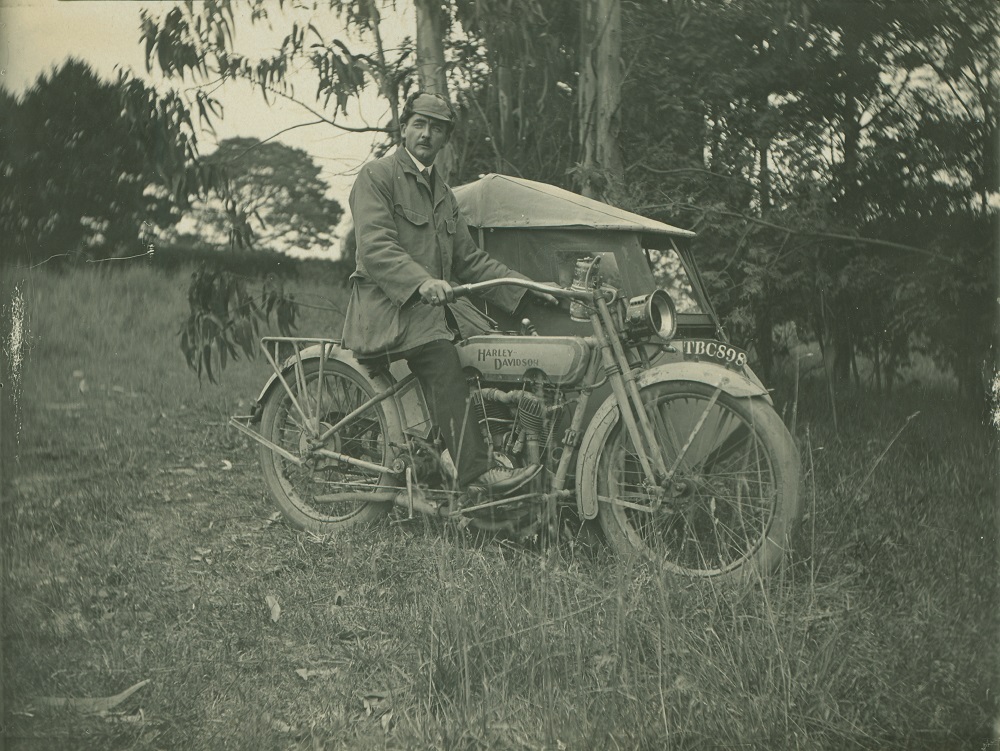Collection Stories
Permanent paid employment for married women was not a common condition until well after World War II. Between the wars, however, a considerable number of women worked from their homes or from small businesses engaged in the manufacture of made-to-measure clothing. This was seen as an acceptable way of contributing to family finances or as a way of supporting themselves if widowed or unmarried. Many women preferred it to the alternatives of secretarial, shop or factory work.
In Whanganui, a fashion-conscious town, there were several such employment opportunities. Listed in the 1934 telephone directory were thirteen drapers, two dressmakers, two ladies’ tailors, nine men’s tailors, four milliners, four gown specialists, three ladies’ outfitters, six men’s outfitters, a shirt manufacturer and a clothing manufacturer.
This dress is a flapper style georgette, tulle and silk evening gown which was designed and made in Whanganui by a ‘Gown Specialist’ who ran her boutique at His Majesty’s Corner (now Majestic Square) on Victoria Avenue between 1926 and 1936.
The gown specialist was Mrs Dorothy Ward who was known, and marketed her business, by the name Lucille Ward, Gown Specialist. Lucille was her middle name. For name recognition, it also helped that Lucille Ward was the name of a popular American movie star who appeared in 140 films between 1915 and 1944.
Advertisements that appeared in the Wanganui Chronicle from 1926 stated that ‘Apparel that is supremely correct and beautiful, is gathered at the showroom of Lucille Ward. Every garment carries a rigid, standard of quality, in lines, in fabrics, in colours. This apparel reflects the decrees of Paris, which smart women accept with delight’.
The business of Gown Specialist was initially profitable for Lucille. In June 1928, she opened a second boutique in Stratford. Then in August of the same year, to keep up with the ‘decrees of Paris’, she travelled by the liner Mariana for Sydney, en route to England and the Continent.
The good times did not last. Perhaps the economic recession of the 1930s affected her business. In 1931 she was taken to court for unpaid debts. In 1933 her head dressmaker, Miss Betty Dewar, put a notice in the newspaper to announce that she had severed her connection with that firm and intended commencing business on her own account. Lucille advertised for a new head dressmaker in January 1934 but by October 1935, she had decided to not renew her lease on the business premises. She finally closed the doors on her business in May 1936.
A bequest in 1975 from a Whanganui woman, Jean Lambert, included this gown, and thus we are able to tell this story. Whanganui has a strong textile manufacturing and design history which is under-represented in not only the Museum’s textile collection, but also in recorded history. If you have in your wardrobe a Whanganui manufactured and labelled garment that you are willing to donate, please contact the collection manager at the Museum.
By Trish Nugent-Lyne, Kaihāpai Taonga/Collections & Curatorial Lead at Whanganui Regional Museum
Image: Georgette evening gown, early 1930s
Designer: Lucille Ward
Photographed by Kathy Greensides
WRM 1975.46.71
View the full-length image.






